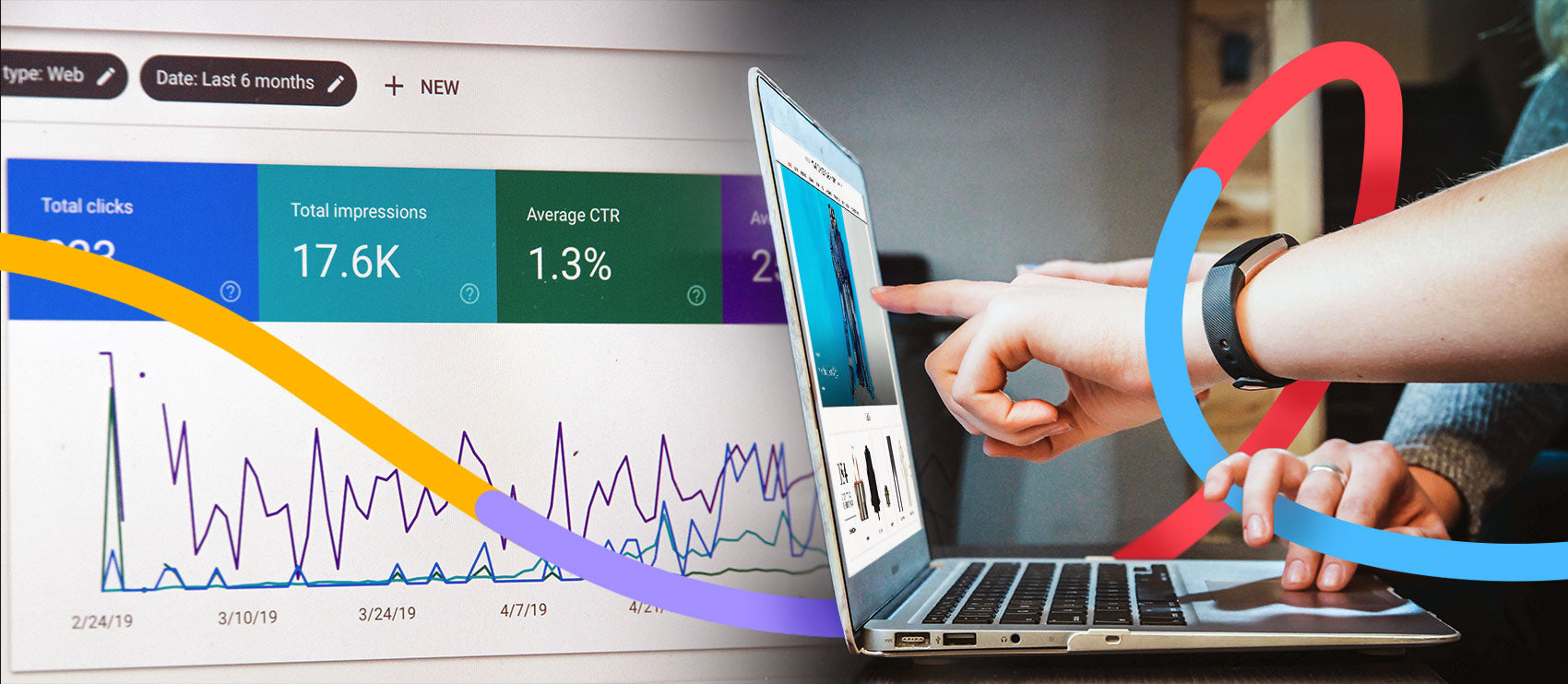Wish you could grow but not sure how to get there with limited time and resources? Building your commercial photography business doesn’t have to be overwhelming, and you can do it without burning out. Here are 9 strategic steps to grow your commercial and product photography business.
1. Invest in pricing and bidding software
Pricing commercial photography can be tricky and time-consuming, and the worst thing you can do is pull a random number out of the air. Your fees should be based on several factors, including the size of the company and their industry, and how the photos will be used.
Customers want to know what they’re paying for. Often, potential clients will ask for your “day rate.” While a day rate may make sense to them, your work is far from over after a day of shooting — and it doesn’t account for your additional costs for equipment, business insurance, travel time, etc.
To save time and ensure you’re not undervaluing your services, consider investing in specialized software to create your project bids and quotes. This type of software takes the market into account and provides price breakdowns with line items for costs such as photography, editing, and assistant expenses. Many offer invoicing capabilities, image licensing, and currency converters too.
Want to explore pricing software? Here are a few well-known options:
- fotoQuote from Cracdoc fotoSoftware
- BlinkBid
- Getty Images pricing calculator

If you want a calculator that takes a look at business expenses as a whole, the National Press Photographers Association’s Cost of Doing Business Calculator is a good place to start.
2. Outsource parts of your photo editing process
One of the easiest ways to free up some time is to outsource parts of your editing. That leaves less for you to do post-shoot so you can focus on your next job, marketing or networking, i.e., scaling your business.
Not sure how outsourcing editing works? When you outsource your photo editing, you have multiple options ranging from basic editing to retouching.
- Photo clipping, background removal, and color variants (perfect for product shots)
- Ghost mannequin creation to bring clothing to life
- Image masking and shadows for added realism
- Retouching (or “Photoshopping”)
While some of the more basic edits could be handled by automated tools, you’re limited by the software. That leaves more room for errors (and increases the possibility you’ll still have to do manual editing). Plus, they don’t allow for any personal touch.
With edit outsourcing, you’re able to share the client brief, and each image gets personal attention from a creative professional — as long as you choose the right photo editor.
3. Create and sell courses, ebooks, or coaching sessions
Just because you’re a photographer doesn’t mean you have to limit your income to photography sessions. Are you a wiz with lighting? Create an online course or ebook to sell. Great with a specific niche? Set up “office hours” to coach other professionals.
If you like the idea but need some real-world inspiration, take a look at Jenna Kutcher's business transformation. She went from a small-town photographer to an educator, podcaster and marketing coach. Or, as Kutcher puts it, “At the age of 22, I invested in a $300 Craigslist camera. [...] That single investment led me to the 7-figure empire I’m running today.”

If this route interests you, start by getting to know designers, podcasters, and other creatives (along with other commercial photographers). Find topics that people are interested in by paying attention to conversations on social media and Quora, Reddit, and other forums. If it’s in your wheelhouse, do SEO research to see what’s trending online.
4. Update your website regularly
If a company in your area were searching for a commercial photographer, would your site pop up on the first page or two of Google? And would you be proud of the work showcased?
Your freelance photography website and portfolio should show off your best work and/or your specific niche. While you certainly want your portfolio to have personality, it should be created with your target market in mind. Focus on quality examples of your work over quantity. And if you want to do more of a certain type of work, highlight any related projects on your site.
Make sure the copy and content on your site are up to date. This is important for both SEO purposes and potential clients who find your site. (Note: If writing isn’t your strong suit, this could be something you outsource to a copywriter or you could even trade services.)
Ideally, your website will also have testimonials, a FAQ page, and a way to contact you. To take it up a notch, you can also add booking and payment functionality. Many photographers use a questionnaire where they can learn about prospective clients before confirming a date and taking payment. That’s what Tarango Visual Studio does on their website:

5. Rent equipment as needed
It can be expensive to get into the photography business, and the costs continue to add up when you start to scale. But that doesn’t have to be a barrier to growth.
Even though you’ve probably already built up a collection of gear, there may be occasions when it makes more sense to rent equipment than to buy it. In addition to cameras and lenses, you can rent lighting, studio space, props, and backdrops as needed.
Why would you need to rent equipment? There are a couple of main reasons photographers choose to rent:
- Try before buying. Before you invest thousands in new equipment, renting it beforehand gives you real-world experience. You can use it for a project and see how you like it.
- Take on bigger projects. When you’re scaling a photography business, hopefully you’ll land bigger and bigger projects as you grow. That means you’ll need more help and more equipment. Renting gives you a way to grow sustainably.
Regardless of your motivations, renting can be a cost-effective way to grow your biz.
6. Build relationships (online and IRL)
Referrals and positive reviews will help your business grow, but to get those you need to expand your network — online and in person.
When it comes to digital, stay active on (relevant) social media platforms or build an email newsletter list. Those connections could help you land new jobs or get repeat business. For example, photographer Aundre Larrow’s community engagement on Twitter helped him land a creative residency at Adobe.

You can also dedicate a small amount of time per week (or month) to reconnect with former clients or new connections that you’ve made. To make it efficient, use an email template and tweak as needed. (If you have a virtual assistant, this is a great task to outsource.)
In-person, you can join professional groups, host a head-shot event, or attend conferences. This will look different depending on your niche. You could be attending a Real Estate conference, Outdoor Retailer, or the Promotional Products Association International (PPAI) Expo. Go with the intention of meeting potential clients and be prepared to pitch your services.
7. Do great work
Want your clients to refer you or come back to you for repeat business? Nail your projects. Or, as photographer Cole Joseph says, “One of the BEST things you can do is give your clients an experience that will blow them away.”
How can you do that?
- Follow the client’s brief (and clarify any details as necessary).
- Master your studio work. Great lighting can set your shots apart.
- Complete work on time. Send your proofs and final deliverables on or before the agreed-upon dates.
- Provide a seamless experience. A positive attitude and streamlined workflow go a long way.
You’re much more likely to keep and gain clients if you deliver great photos without hassle.
8. Sell stock photography
Selling stock photography is a simple way to generate passive income. Essentially, you upload your photos to an online stock photo marketplace (or multiple). When someone purchases or downloads your image, you earn a commission. Each site has its own payout and terms and conditions.
You have two options when it comes to selling stock photography: microstock or macrostock. So what’s the difference?
Microstock
Most stock photography sites (think Shutterstock and iStockPhoto) have a plethora of photos available at affordable prices. This means there are thousands of people searching for and buying image rights. The downside is the photos sell for less money (meaning you end up with less commission). But with the popularity of microstock sites, it’s a simple way to earn (a usually small but regular) passive income.
Macrostock
Macrostock sites (like Getty) offer buyers exclusive rights to the photos. There will be fewer sales on sites like these, but the payoff is greater. Photos sold on macrostock sites sell for much more money — into the thousands depending on how the image is licensed and sold. If you have some stellar images, this can be another good passive revenue stream.

9. Hire an assistant
If you’re looking to grow, hiring an assistant is one of the smartest steps you can take. Eventually, you’ll hit the point where you can’t produce any more work or take on larger projects. That’s where an extra hand comes in handy.
An assistant can help with lighting, arranging products, and other tasks the day of the shoot. They can also help with tasks such as website updates, marketing, and other communication. Before you hire an assistant, have a good idea of the kind of help you need. Similarly, try to document your general workflow so it’s easier to bring help onboard.
Operate like a business and think like a boss
Whether you hire an assistant, outsource work or use new software, it’s important to adjust your mindset. Think like a CEO: Set goals for your business and find a few ways to get there sustainably.




